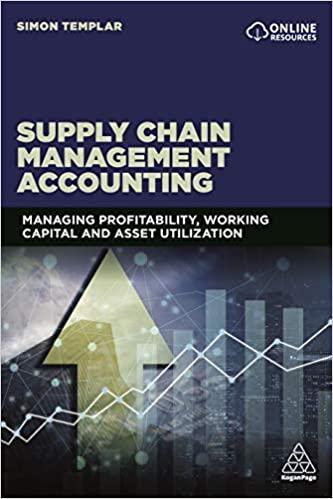Question
4] Now run a t-test to test the significance of your Rs value. Remember to use the absolute value of your correlation coefficient! This will

4] Now run a t-test to test the significance of your Rs value. Remember to use the absolute value of your correlation coefficient! This will tell us if the Spearman Correlation Coefficient is greater or less than zero. What is your calculated t-value (associated with the Spearman Correlation Coefficient)? What does this tell you? Is this going to be a 1 or 2-tailed test? Explain.
5] What is the t-critical value for this test at both the 5% and 1% significance levels? After comparing your calculated t-value to your critical values, what do you conclude? Of the two t-critical values, in which value would you have the greatest confidence?
6] What did you conclude as a result of this test? Include the following information:a] the magnitude of that relationship [weak, moderate, strong]b] the direction of that relationship [positive or negative]
7] Which of the following is the correct range for ANY calculated Spearman Correlation Coefficient?
a] any number up to infinity [either a positive or negative value]
b] 0-1 [only a positive value]
c] 0-1 [only a negative value]
d] 0 to 1 [either a positive or negative value]
Part 2 - Week 11: Spearman Correlation The following data are made up, but were based on a study relating average spring snowmelt date and wildfire frequency. Note that the general pattern is greater wildfires for earlier snowmelt dates. D D2 Wildfire Frequency 152 104 92 17 126 65 Year Avg Date of Snowmelt 2002 Mar. 21 2003 Apr. 4 2004 Apr. 11 2005 Apr. 30 2006 Mar. 30 2007 Apr. 22 2008 Apr. 19 2009 Apr. 9 2010 Apr. 24 2011 Apr. 29 2012 Apr. 21 2013 Apr. 7 2014 Apr. 20 2015 Apr. 27 2016 Apr. 28 2017 Apr. 25 2018 May 3 88 94 51 37 43 99 75 8 35 109 25 Ranked Snowmelt Date 1 3 6 16 2 10 7 5 11 15 9 4 8 13 14 12 Ranked Fire Frequency 17 14 11 2 16 8 10 12 7 5 6 13 9 1 4 15 3 Part 2 - Week 11: Spearman Correlation The following data are made up, but were based on a study relating average spring snowmelt date and wildfire frequency. Note that the general pattern is greater wildfires for earlier snowmelt dates. D D2 Wildfire Frequency 152 104 92 17 126 65 Year Avg Date of Snowmelt 2002 Mar. 21 2003 Apr. 4 2004 Apr. 11 2005 Apr. 30 2006 Mar. 30 2007 Apr. 22 2008 Apr. 19 2009 Apr. 9 2010 Apr. 24 2011 Apr. 29 2012 Apr. 21 2013 Apr. 7 2014 Apr. 20 2015 Apr. 27 2016 Apr. 28 2017 Apr. 25 2018 May 3 88 94 51 37 43 99 75 8 35 109 25 Ranked Snowmelt Date 1 3 6 16 2 10 7 5 11 15 9 4 8 13 14 12 Ranked Fire Frequency 17 14 11 2 16 8 10 12 7 5 6 13 9 1 4 15 3Step by Step Solution
There are 3 Steps involved in it
Step: 1

Get Instant Access to Expert-Tailored Solutions
See step-by-step solutions with expert insights and AI powered tools for academic success
Step: 2

Step: 3

Ace Your Homework with AI
Get the answers you need in no time with our AI-driven, step-by-step assistance
Get Started


